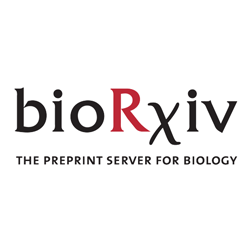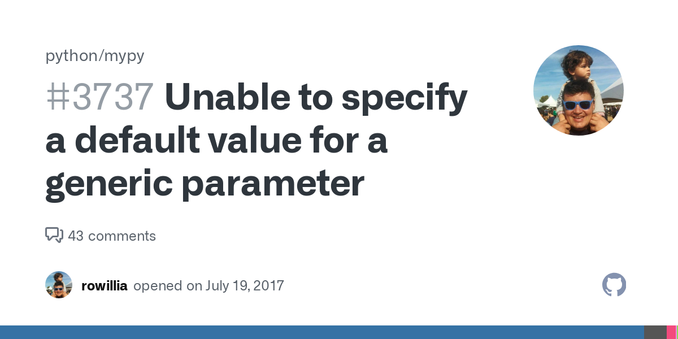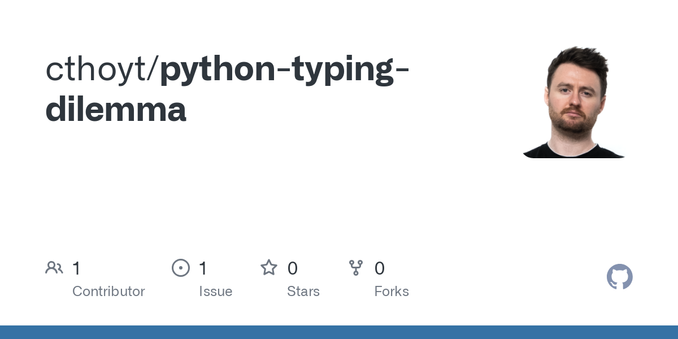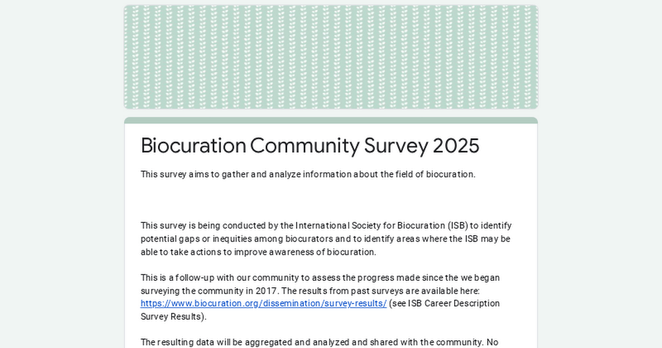@egonw are you aware of the work I've been doing on semantic mappings? This could be used to feed into @bridgedb (we mention this in the preprint)
preprint: https://www.biorxiv.org/content/10.1101/2025.04.16.649126

Assembly and reasoning over semantic mappings at scale for biomedical data integration
Motivation: Hundreds of resources assign identifiers to biomedical concepts including genes, small molecules, biological processes, diseases, and cell types. Often, these resources overlap by assigning identifiers to the same or related concepts. This creates a data interoperability bottleneck, as integrating data sets and knowledge bases that use identifiers for the same concepts from different resources require such identifiers to be mapped to each other. However, available mappings are incomplete and fragmented across individual resources, motivating their large-scale integration. Results: We developed SeMRA, a software tool that integrates mappings from multiple sources into a graph data structure. Using graph algorithms, it infers missing mappings implied by available ones while keeping track of provenance and confidence. This allows connecting identifier spaces between which direct mapping was previously not possible. SeMRA is customizable and takes a declarative specification as input describing sources to integrate with additional configuration parameters. We make available an aggregated mappings resource produced by SeMRA consisting of 43.4 million mappings from 127 sources that jointly cover identifiers from 445 ontologies and databases. We also describe benchmarks on specific use cases such as integrating mappings between resources cataloging diseases or cell types. Availability: The code is available under the MIT license at https://github.com/biopragmatics/semra. The mappings database assembled by SeMRA is available at https://zenodo.org/records/15208251. ### Competing Interest Statement The authors have declared no competing interest.



